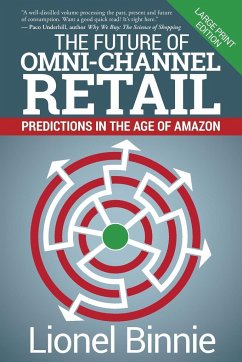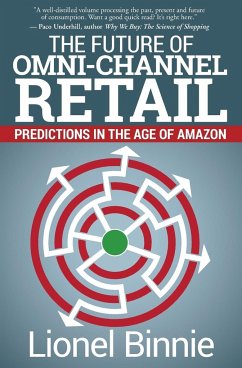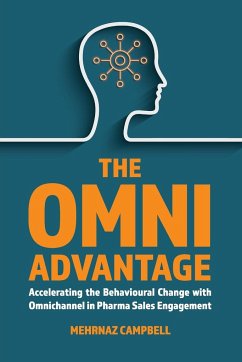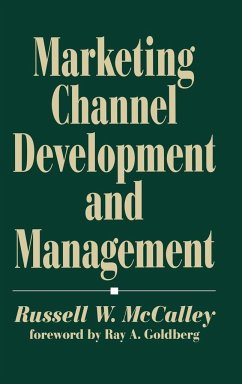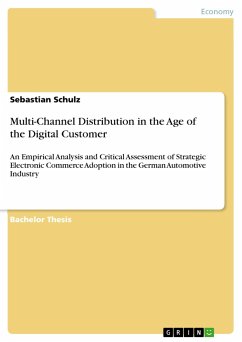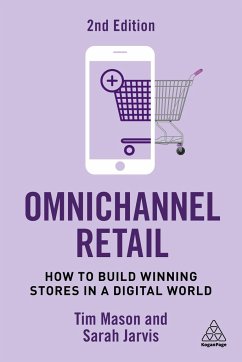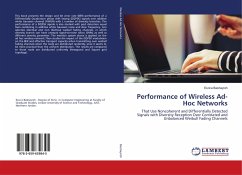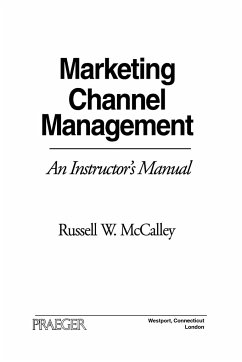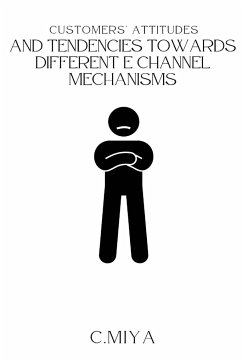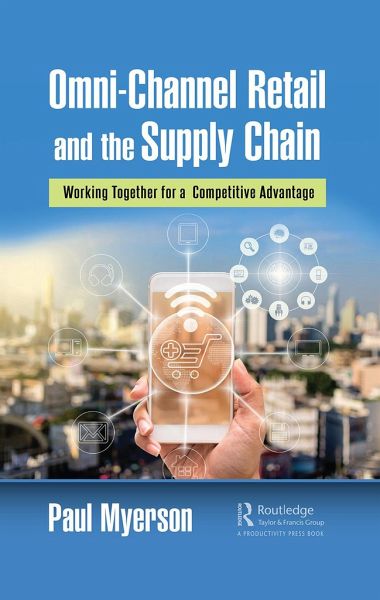
Omni-Channel Retail and the Supply Chain
Working Together for a Competitive Advantage
Versandkostenfrei!
Versandfertig in 1-2 Wochen
54,99 €
inkl. MwSt.
Weitere Ausgaben:

PAYBACK Punkte
27 °P sammeln!
Omni-Channel Retail and the Supply Chain The days of going to the local department store to buy a television, view the options available, and make a purchase now seem "quaint." The emergence of the internet, smartphones, social media, and other technologies has opened a world of new options for consumers (and businesses) to review, research, and buy online with an ever-increasing array of delivery options. The emergence of e-commerce has resulted in what is commonly known today as "omni-channel" marketing, in which customers engage with companies in a variety of ways, including in a physical s...
Omni-Channel Retail and the Supply Chain The days of going to the local department store to buy a television, view the options available, and make a purchase now seem "quaint." The emergence of the internet, smartphones, social media, and other technologies has opened a world of new options for consumers (and businesses) to review, research, and buy online with an ever-increasing array of delivery options. The emergence of e-commerce has resulted in what is commonly known today as "omni-channel" marketing, in which customers engage with companies in a variety of ways, including in a physical store or online via websites and mobile apps. This process puts the supply chain "front and center," as consumers are increasingly demanding and browsing, buying, and returning goods through various channels, not just the traditional "brick and mortar" way. To accomplish this with high levels of service while remaining profitable requires real-time visibility of inventory across the supply chain and a single view of consumers as they continuously move from one channel to another. While this is a boon to consumers, it has made the already complex global supply chain even more challenging to manage. On top of that, the 2020 Covid19 pandemic has accelerated this omni-channel retail trend, as consumers need even more ways to order and additional options for last-mile delivery, such as curbside pickup. Covid19 has exposed a lack of flexibility and readiness, resulting in shortages of everything from toilet paper and meats to personal protective equipment (PPE) and ventilators. It has been a real-life example of the "bullwhip effect," where variability at the consumer end of the supply chain results in increased variability as one goes upstream towards distributors, manufacturers, and suppliers. This results in shortages, misallocations, and increased costs. No longer can a manufacturer, distributor, or retailer of consumer products just "fill the pipeline" and wait for orders to come in. Now, they must anticipate various purchases and delivery items, while at the same time minimizing costs. To do this is no easy task, requiring a Lean, agile, and responsive supply chain. Until now, there was no existing "playbook" for organizations to navigate their way through this new world. This book describes the impact of omni-channel marketing on the supply chain and logistics functions, and is intended to help management meet the needs of not only today's ever-changing world but to anticipate what may be required in the future to achieve superior customer service, profitability, and a competitive advantage.




